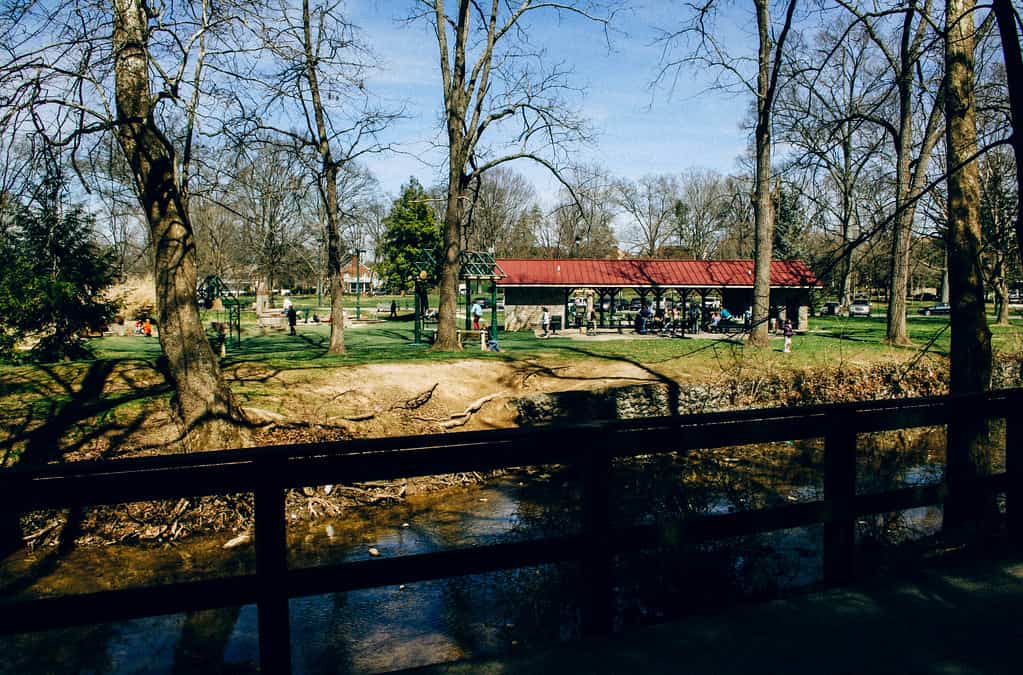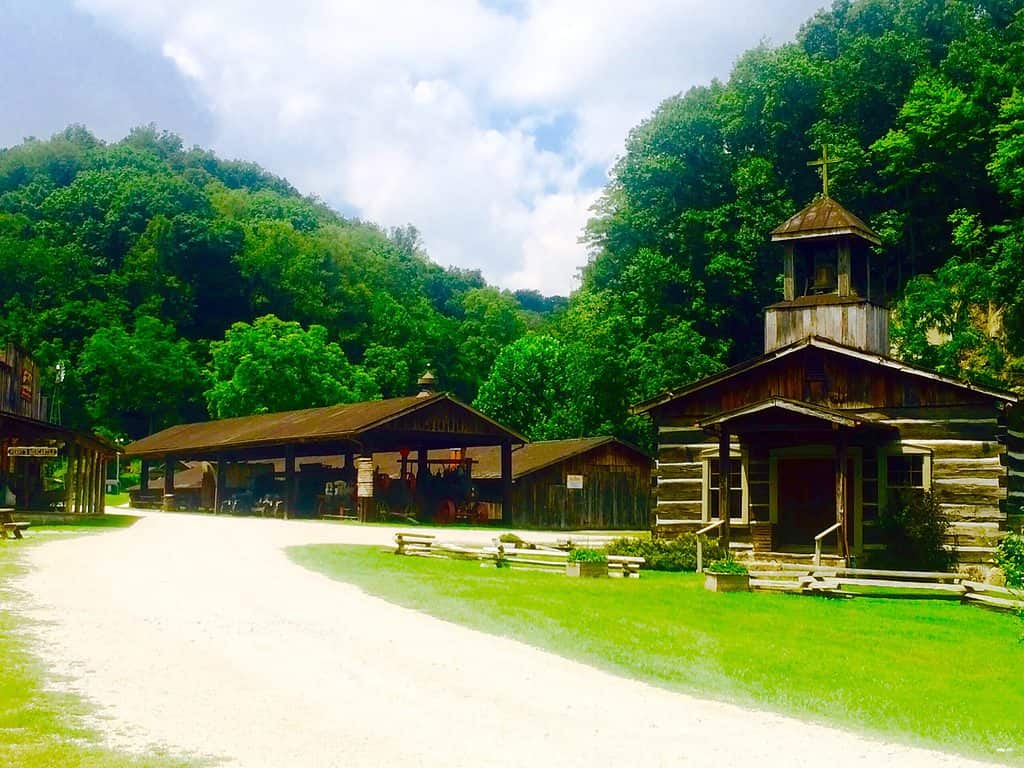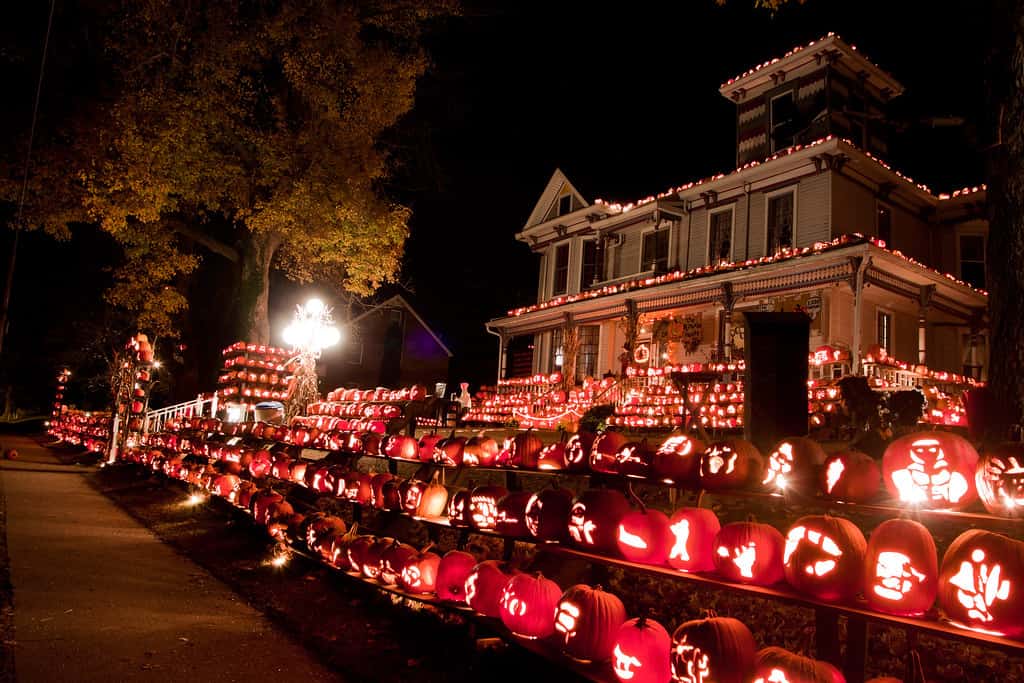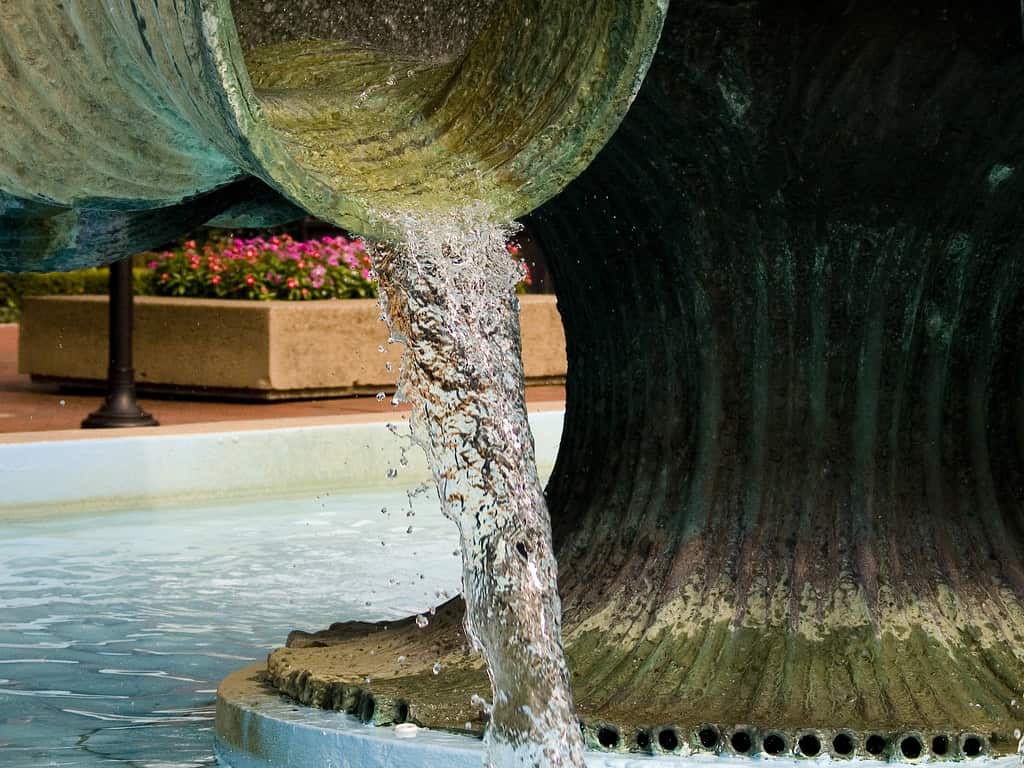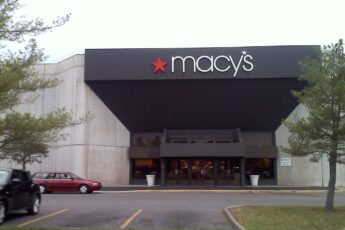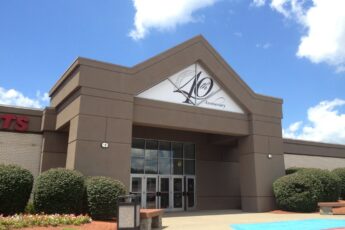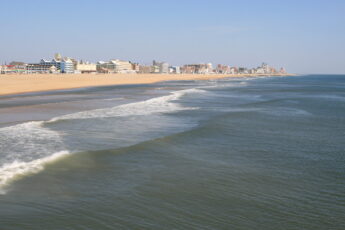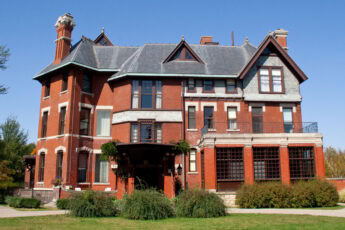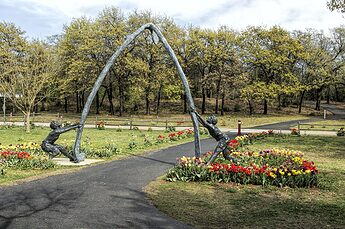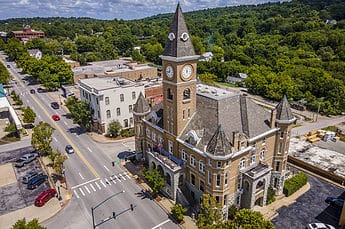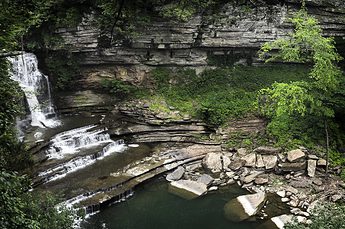Uncover the Hidden Treasures of Huntington, West Virginia.
Huntington, West Virginia, is a charming city with rich history and cultural attractions. Located in the heart of the Appalachian Mountains, Huntington is surrounded by rolling hills, verdant forests, and pristine rivers, making it a nature lover's paradise. From its historic downtown to its world-class museums, Huntington is a city that truly has something for everyone.
Huntington, West Virginia, is a scenic riverside town with various activities. From outdoor recreation to cultural attractions, it's an ideal vacation destination. The city boasts a rich history and many outdoor activities.
If you're visiting Huntington, West Virginia, there are several things you may want to consider. These include Kenova's Pumpkin House, the Memorial Fountain, Ritter Park, and the Heritage Farm Museum and Village.
Huntington is home to the second busiest inland port in the US. As a result, there are plenty of shopping venues and restaurants to choose from. You can also visit the Huntington Museum of Art, which offers a wealth of art and history.
Discover the Best Things to Do in Huntington, West Virginia
Huntington, West Virginia, has a rich history and a wealth of cultural attractions, making it the perfect destination for those seeking an unforgettable experience. Whether you're a history buff, an art lover, or simply looking to spend time in the great outdoors, there's something for everyone in Huntington. Here are just a few of the fantastic things you can experience in this charming city:
- Explore the beautiful hills and forests of the Appalachian Mountains
- Visit the Huntington Museum of Art and admire its stunning collections
- Take a stroll through the historic downtown and see the city's stunning architecture
- Visit the Camden Park amusement park and ride the classic wooden roller coasters
- Learn about the city's rich history at the Heritage Farm Museum and Village
- Enjoy the scenic views from Ritter Park and take a leisurely walk through its gardens and hiking trails.
Ritter Park
Ritter Park is a historic neighborhood and park in Huntington, West Virginia. It's home to several buildings listed on the National Register of Historic Places. In addition, Ritter Park is a local landmark and is often considered the city's crown jewel.
The history of Ritter Park begins in the late 19th century. Charles Ritter, a local businessman, donated twenty acres to Huntington. However, there was little development in the area until the 1920s. By the 1930s, many of the park's features had been built.
Gus Wofford, a landscape architect, embellished the park during the 1920s. His designs included lily ponds, formal flower gardens, and a rose garden. He was also credited with planning the tennis courts near 8th Street Road.
Charles Campbell, a prominent Huntington attorney, promoted the development of Ritter Park. In 1919, Campbell's house was located across the street from the park.
Heritage Farm Museum & Village
The Heritage Farm Museum & Village in Huntington, West Virginia, is the first Smithsonian Affiliate in the state. This museum is a collection of historic buildings, art, and other objects related to Appalachia's past. They are displayed in a setting that resembles a 19th-century village. Its many attractions include a petting zoo, a nature walk, a working sawmill, and an artisan center.
The Museum & Village is on a 500-acre farm in the Appalachian Mountains. The museum contains over 25 thousand square feet of exhibit space. Visitors can learn about the social and economic history of the settlers in the region. There are more than twenty-period buildings on the property, which range from the 1700s to the mid-1900s.
The museum has been named one of the Best of the Best by USA Today and has received several national and state awards. In addition, the Museum & Village has also won the Daughters of the American Revolution Medal for Historic Preservation.
Kenova's Pumpkin House
If you are a fan of the Halloween season, you will love visiting Kenova's Pumpkin House. The display features a wall of pumpkins carved with instruments, a replica of Noah's ark, and traditional carnival fare. This landmark is best viewed during the dark hours of the night.
To say that the pumpkin house has a massive display is an understatement. As many as 30,000 visitors descend on the town during the autumn months. The place is free to visit, and it is not difficult to find a parking space. Handicap parking is available at Kenny Queen Ace Hardware.
The Pumpkin House has earned a spot on the list of top tourist attractions in West Virginia and on the National Register of Historic Places. It is one of the oldest houses in the state.
Barboursville Park
Barboursville Park, West Virginia, is a popular area for families to enjoy outdoor activities. With over 750 acres, there is plenty to explore in the park. From fishing to wildlife to sports, there is something for the entire family to do. The park also includes a splash pad, a horse ring, and more.
There are more than 40 trails at Barboursville Park. It is an excellent place for hiking, biking, and fishing. If you plan a park trip, you should pick up a map. You can download the maps from the park's website.
The park also features a splash pad, three canopied shelters, and many water features. The park is open seasonally from 10:00 am until 8:00 pm. For the best experience, it is recommended to make reservations.
If you want to play a sport, there are six tennis courts, three baseball fields, and five playgrounds. The playgrounds have modern equipment, like climbing walls, step bridges, and expression swings.
Another great feature of the park is the fishing lake. This 17-acre lake has a maximum depth of 10 feet. Whether you are looking to catch a few fish or searching for a big one, the lake is a great place to go. However, the lake does not allow boating or camping.
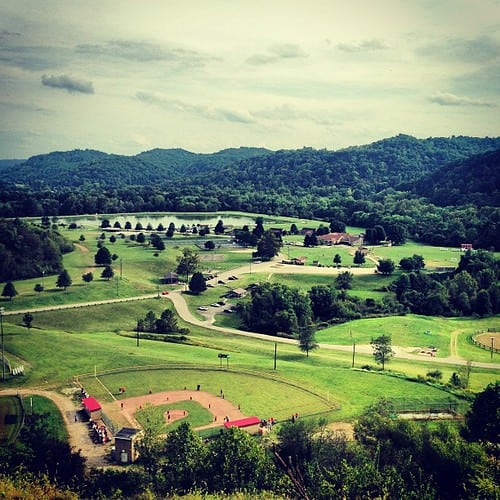
In addition to the lake, the park has multiple fishing ponds. The West Virginia Division of Natural Resources stocks trout in the spring and largemouth bass in the winter.
Memorial Fountain
Located outside the Marshall University student center, the Memorial Fountain is more than a water feature. It is an icon of Marshall University and an essential part of its identity.
The Memorial Fountain is a symbol of the resiliency of the Marshall community. The design of the fountain reflects an abstract idea.
Sculptor Harry Bertoia conceived the design. Bertoia wanted the fountain to signify the upward progression of life. However, he hoped that the fountain would also symbolize immortality.
The fountain is 13 feet high and weighs about 6,500 pounds. There is a copper catch tray at the base. The design was thought to be the largest of its kind. Unlike most fountains, the fountain has a higher spray. As a result, water pours down into the pool below.

